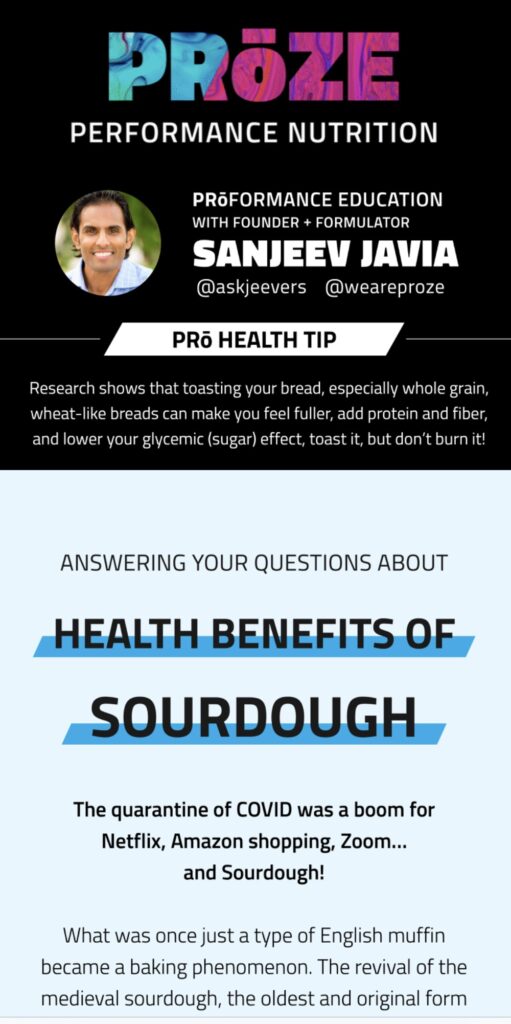Protein Powders are no longer for muscle-heads and gym rats anymore!
Quick, easy, convenient, great tasting (hopefully) meals that perfectly fit your calories and macronutrients (protein, carb, fats). “Precision Nutrition” as I call them. What was once for just muscle heads, gym goers, and the elderly (e.g. Ensure – which is disgusting!), has now been realized by everyone as a great way to meal, snack, fuel up, recover, and lose weight! But with so many out there, how do you decide which one is right for you? Let’s figure it out…we’ll start at…
Q: What are protein powders?
A: They are concentrated sources of protein, from either animal or plant based foods, and turned into a powder, then mixed with other nutrition such as carbohydrate sources, fat sources, vitamins/minerals, probiotics, etc.. Think of it as pulling/extracting the protein from various foods and drying it out, then pulverizing it into a powder. There you go, protein powder.
Q: What forms do they come in?
A: When you read the back (Supplement Facts Panel) on the back of the protein powder products, you’ll see (3) forms – Protein Concentrates (60-80% protein, 20-40% fat/carbs), Protein Isolates (90-95% protein), and Protein Hydrolysates – which is just a process that further breaks down the protein into smaller pieces and has been said to be quicker to absorb (this has been debated in research).
Q: Which one is better?
A: They are all great. They serve different purposes. If you’re looking for a product that has less carbs/fats, you’ll go with an Isolate because it doesn’t contribute any more carbs/fats. If you are looking for, let’s say, a meal replacement, where you want to have more carbs/fats, the Concentrate could be a good choice. In protein concentrates there are some immune and health factors which the carbs/fats provide, it does go under less processing, so therefore concentrates can be supportive in that area.
Q: What types of protein do they use in the powders?
A: There are animal-based ones, and then ones that come from plants. Animal based are predominately from milk and are – Whey, Calcium Caseinate, Milk Protein Isolates (combo for Whey/Calcium Caseinate), and Egg. Then the major plant based ones are – Soy, Pea, Brown Rice, and Flaxseed. You do see others, especially in plant based (because that’s all the rage) such as Pumpkin Seed, Chia Seed, Quinoa, etc. but they don’t have much protein or are expensive to extract the protein, therefore they used in less amounts.
Q: Is Plant better than Animal?
A: No. It was theorized that animal based was more inflammatory. However, research has shown there is no difference. The inflammatory markers after taking animal or plant based were the same. However, plant-based proteins traditionally have more fiber, this is a huge benefit when consuming protein.
Q: What types/categories of protein shakes are there and how will I know?
A: Basically you formulate for (3) types, that then relate to how someone is planning on using the nutrition in the shake. Weight Loss (low carb/low calories/low sugar), Meal Replacement (balanced amount of protein/carbs/fats), Muscle/Weight Gainers (high carbs/calories), and then ones you make for specific nutritional lifestyle like Keto or Atkins types of plans. Remember, these are “meals” and the main elements in meals are Calories, Protein, Carbs, and Fats. So these powders just adjust these numbers and you find the best numbers for your nutritional lifestyle.
Q: What and how do you use them?
A: My top brands are from Youngevity (I formulated the FItShake & Keto Shake), KOS (love their plant based shakes – Chocolate Peanut Butter favorite!), and Momentous (incredible performance based shakes). The main way I use them is to get in my protein per day, I have to eat 300-350g per day and it’s super hard with just food, so I drink (3) per day – morning, post workout, and before bed. 70% of the time they are from Plant based sources and my post workout is from Animal (Whey) source. Whey is quicker absorbing, so I use it when my muscles are really broken down.




